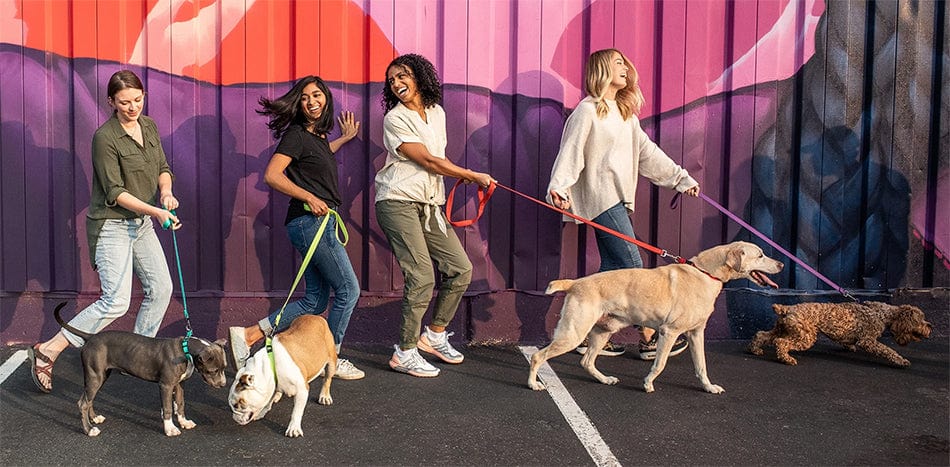Your cart is empty. Let's fix that!


While all dogs adore their humans and love spending time with them, some dogs develop an unhealthy attachment, which can result in separation anxiety. All pet parents know there are few things more heartbreaking than a dog with separation anxiety; the howling, barking, and destructive behavior is devastating!
Shelter dogs experience separation anxiety more than dogs raised with a single-family from birth. Experts believe this is brought on by loss, causing fear of abandonment. This type of feeling can be triggered by changes in guardianship, schedule, residence, or family membership (new baby or partner moving in).
With many pawrents working from home these days, their fur babies are bound to be upset when everyone eventually returns to the office. Even if your pup never had issues with being left before, they may begin to exhibit signs of separation anxiety in the future.
Dogs that suffer from separation anxiety may appear “normal” when you’re around them, but as soon as they are left alone they can start to show worrying behavior like:
Whether their symptoms are severe or mild, there are multiple options and schools of thought on how to treat dogs with separation anxiety. When working with a pup that is experiencing extreme stress when left alone, the goal is to resolve the dog’s underlying anxiety by teaching them to enjoy or at least accept, being alone. This can be accomplished with counterconditioning, or getting your dog to appreciate the things they previously disliked.
Dogs with mild separation anxiety can usually be treated at home, and the below suggestions offer several solutions:
If the problem is more severe, you may need to spend more time training your dog to be content with staying home alone. Pay attention to their body language when you are settled at home, and how it changes as you are about to leave (when picking up your keys or putting on your shoes). Consulting a behavioral specialist can also be helpful when training dogs with separation anxiety. Do not scold or punish your dog for their behavior caused by separation anxiety. These behaviors are not the result of disobedience. They are distress responses! If you punish your pup, they may become even more upset and the problem could get much worse.
With enough patience, training, and love, you can certainly make your pup more content with spending time alone when you’re not home.